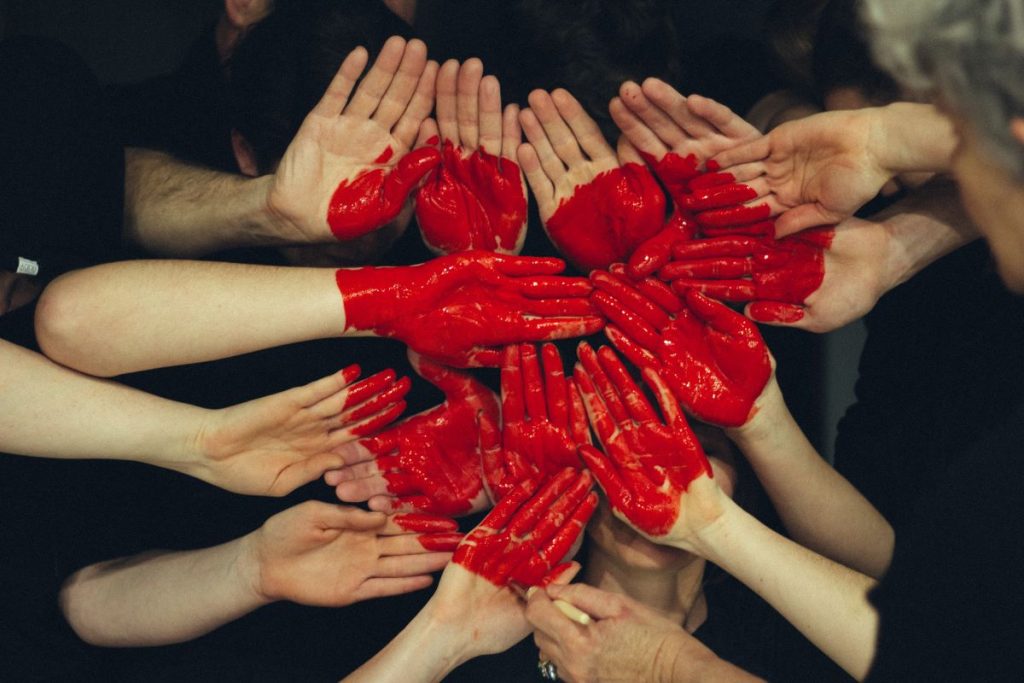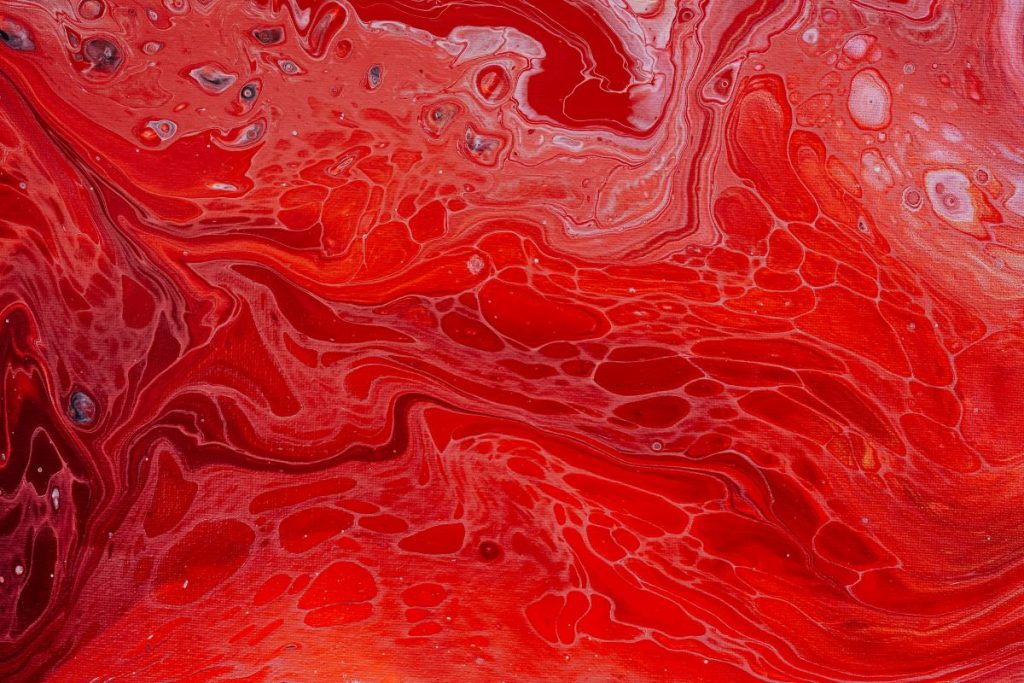Mixing colors is a fundamental skill for artists and designers, and understanding how to create different shades of red is a key part of that skillset. As a primary color, red cannot be created by mixing other colors together, but it can be altered by adding other colors to it.
To begin, it’s important to start with a base of pure red paint or dye. This can be a tube of red paint or a jar of red dye. The specific shade of red you choose will depend on your personal preferences and the specific application you have in mind. For example, a bright, vibrant red may be ideal for creating an energetic and lively atmosphere, while a deep, rich red may be better suited for a more sophisticated and dramatic effect.

Once you have your base of red, you can begin to add other colors to it to create different shades. Here are some of the most common colors that can be added to red to create new shades:
- White: Adding white to red will create a lighter shade of red, commonly known as pink. The more white you add, the lighter and softer the shade will become.
- Black: Adding black to red will create a darker shade of red, commonly known as maroon or burgundy. The more black you add, the deeper and richer the shade will become.
- Yellow: Adding yellow to red will create a warmer shade of red, commonly known as orange-red. This shade is perfect for creating a cozy and inviting atmosphere.
- Blue: Adding blue to red will create a cooler shade of red, commonly known as purple-red. This shade is perfect for creating a calming and relaxing atmosphere.
- Orange: Adding orange to red will create a peachy shade of red, which is warm and slightly muted. This shade is perfect for creating a romantic or vintage vibe.
- Brown: Adding brown to red will create a rusty shade of red, which is deep and earthy. This shade is perfect for creating a rustic and natural look.
- Pink: Adding pink to red will create a coral shade of red, which is vibrant and tropical. This shade is perfect for creating a playful and cheerful atmosphere.
- Purple: Adding purple to red will create a burgundy shade of red, which is rich and wine-colored. This shade is perfect for creating a sophisticated and elegant look.
- Gray: Adding gray to red will create a salmon shade of red, which is muted and slightly pinkish. This shade is perfect for creating a subtle and understated vibe.
In addition to these colors, you can also experiment with adding small amounts of other colors to your red base to create unique and interesting shades. For example, adding a touch of green to red can create a warm, muted shade that is perfect for creating a natural and organic vibe. Adding a touch of gold to red can create a luxurious and elegant shade that is perfect for special occasions.
It’s important to note that the specific shade of red you create will depend on the specific shades and proportions of the colors you use. This means that there is a lot of room for experimentation and creativity when it comes to mixing colors.

To get started, it’s a good idea to mix small amounts of paint or dye together and test the shade on a piece of paper or fabric before committing to a larger project. This will give you a better sense of how the colors will look together and allow you to make adjustments as needed.
Overall, mixing colors is a fun and rewarding process, and creating different shades of red can add depth, interest, and beauty to your artwork or design projects. Whether you’re a beginner or an experienced artist, taking the time to experiment with different color combinations can help you develop your skills and discover new ways to express your creativity.